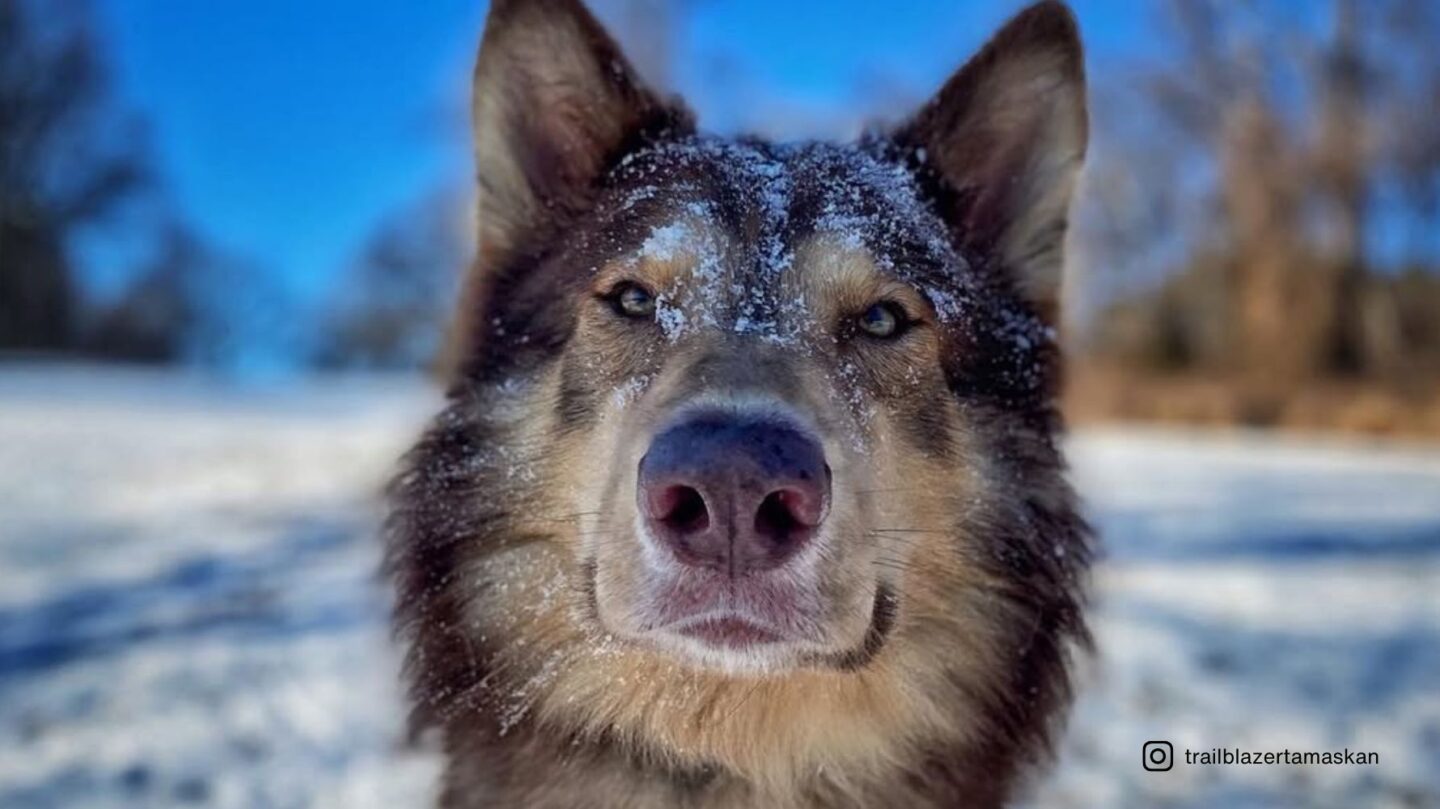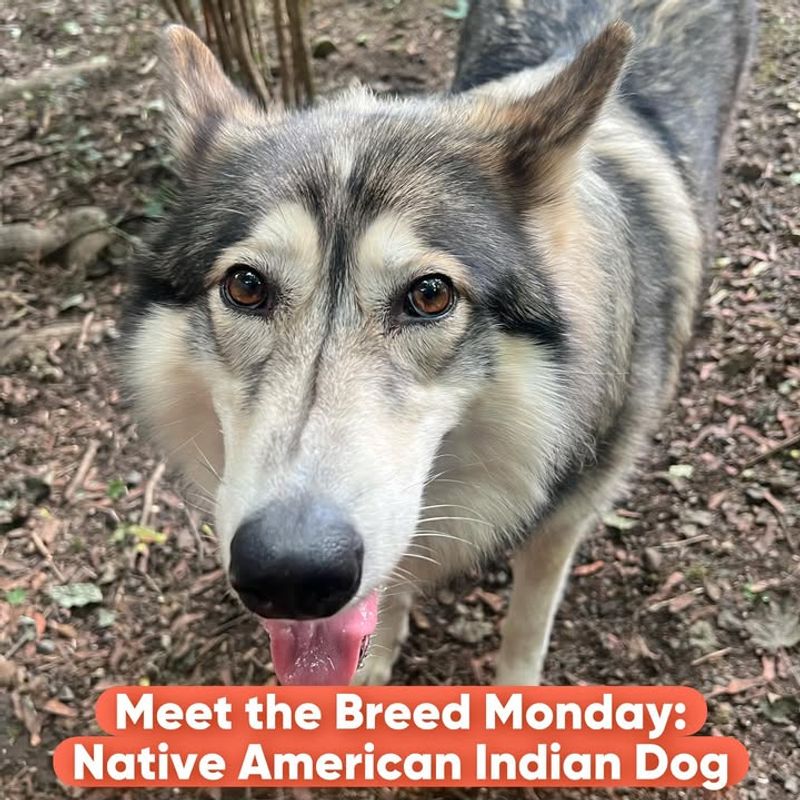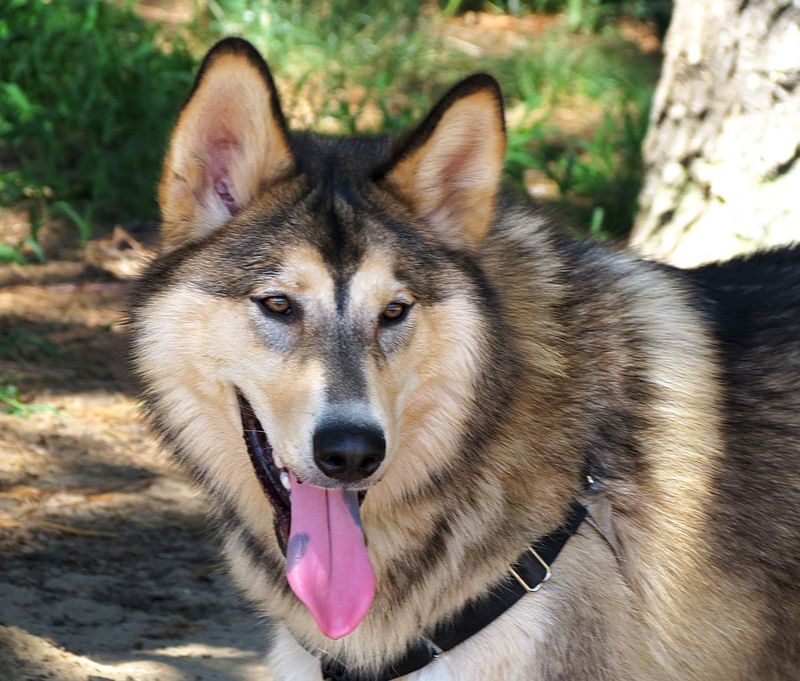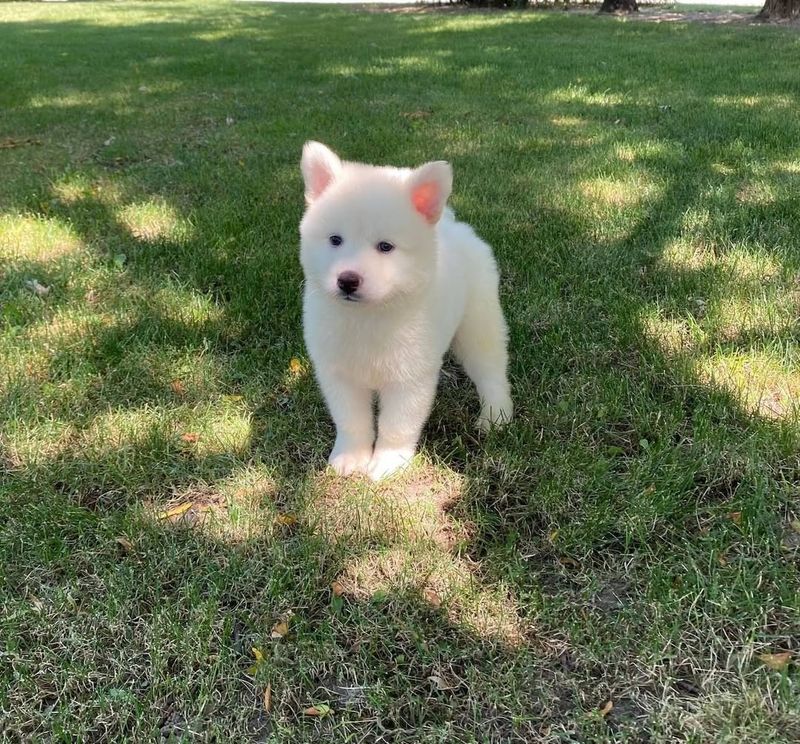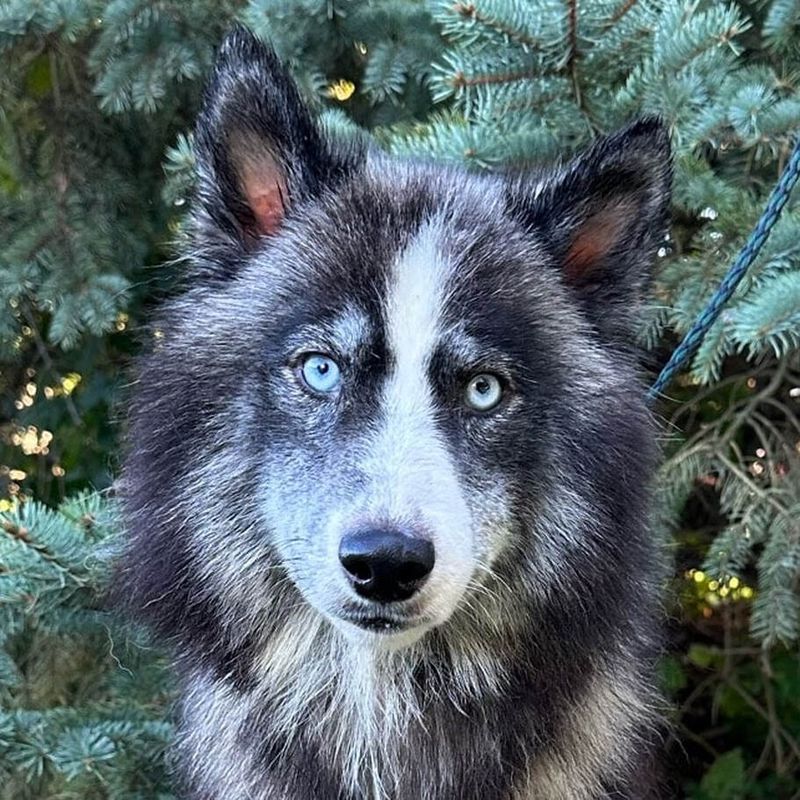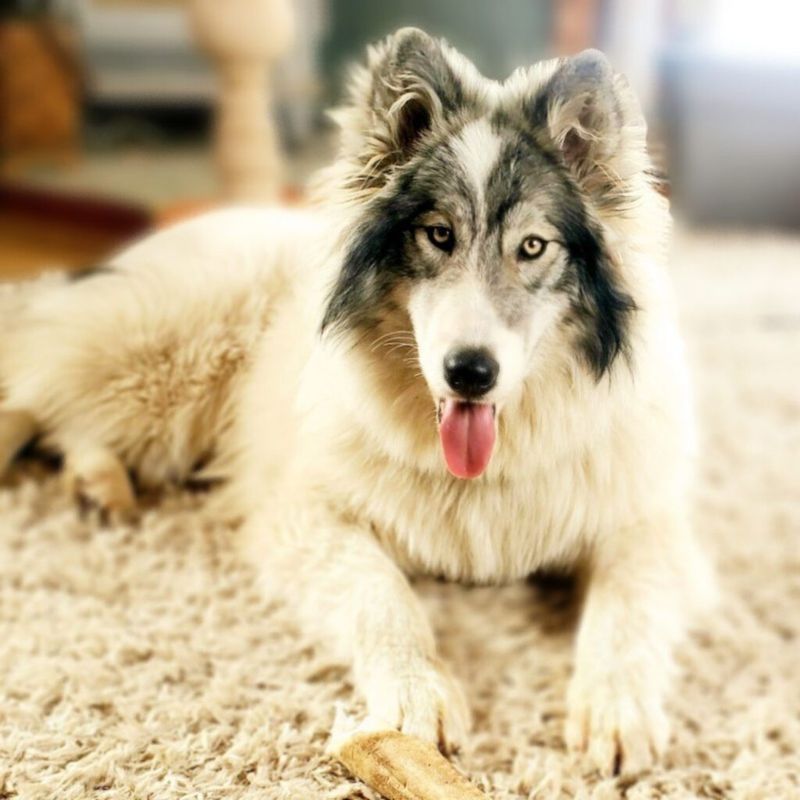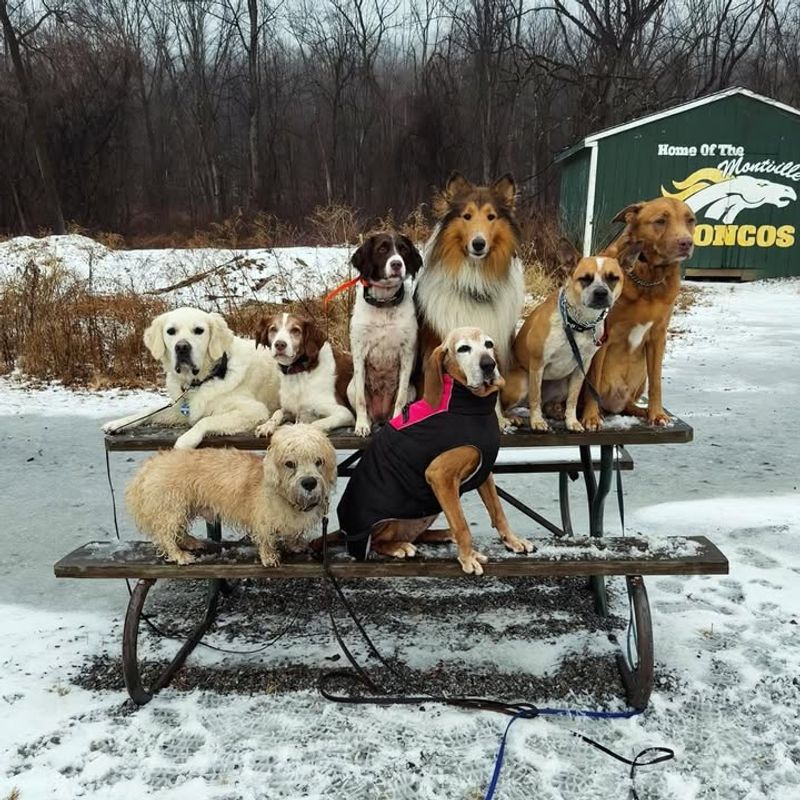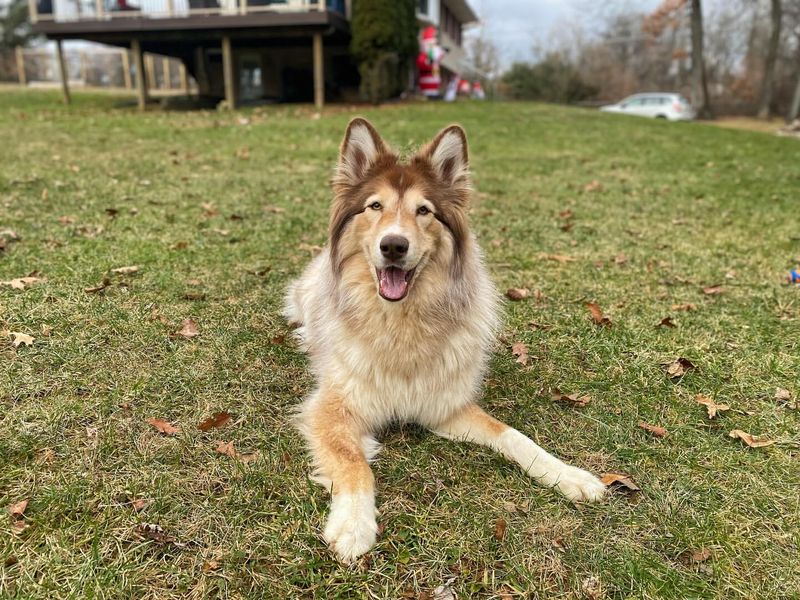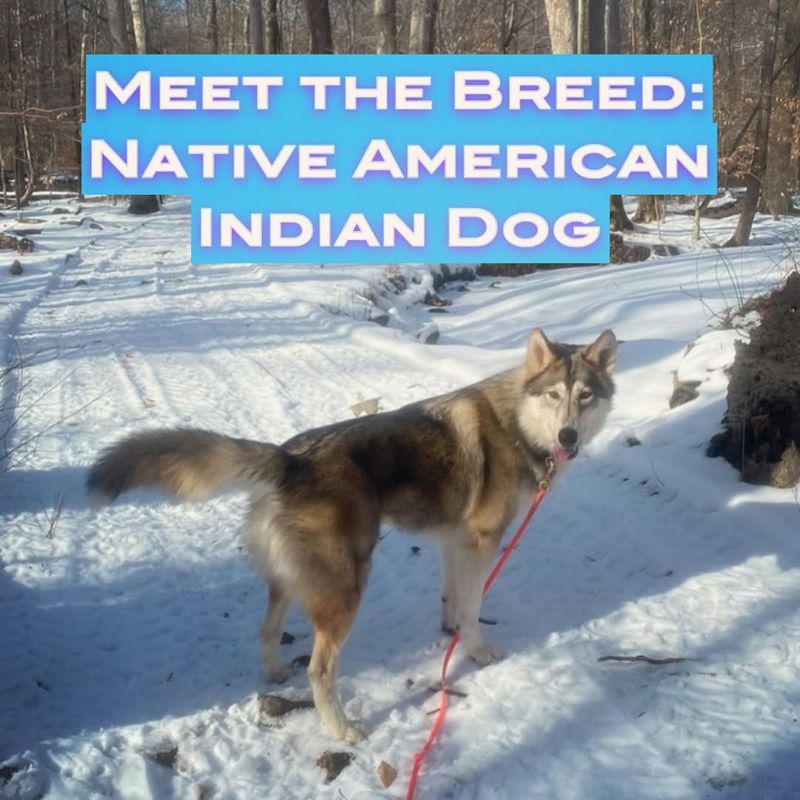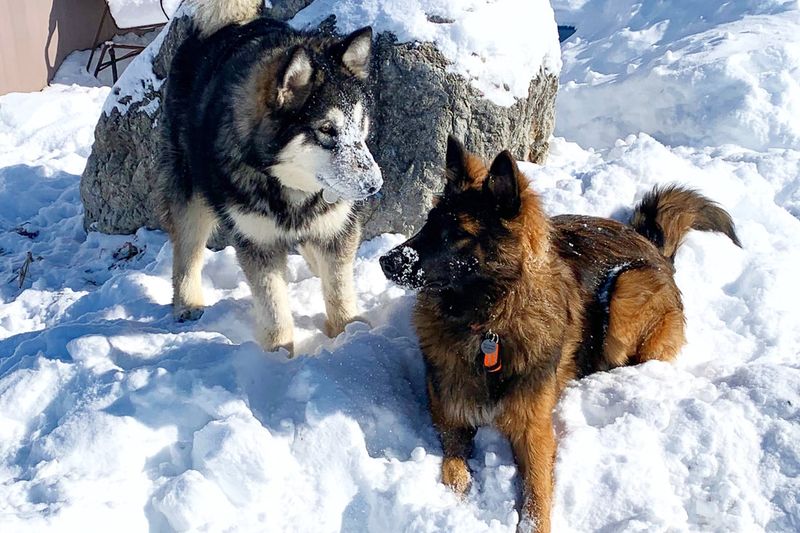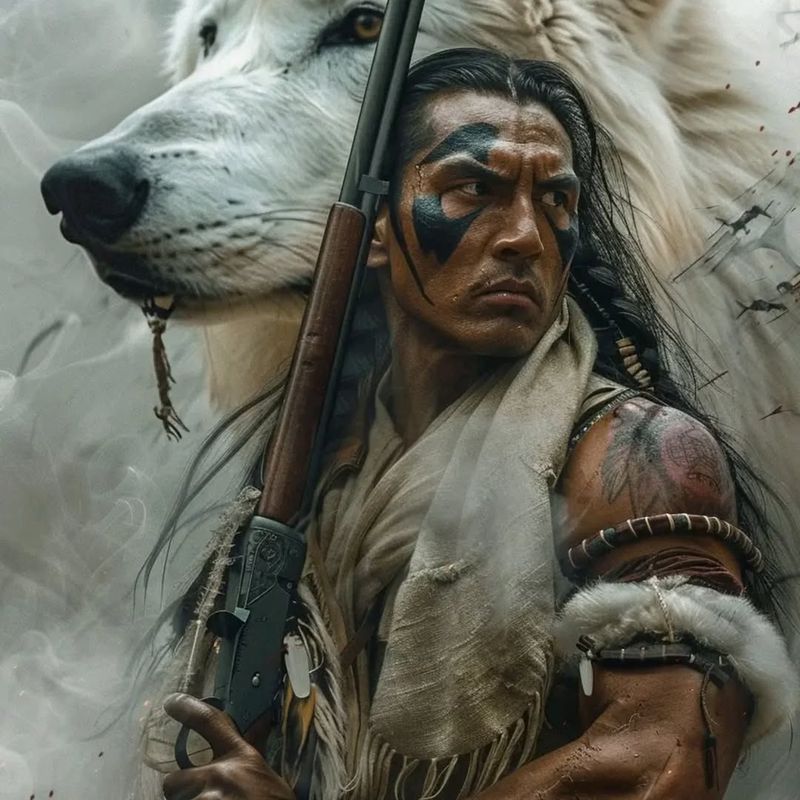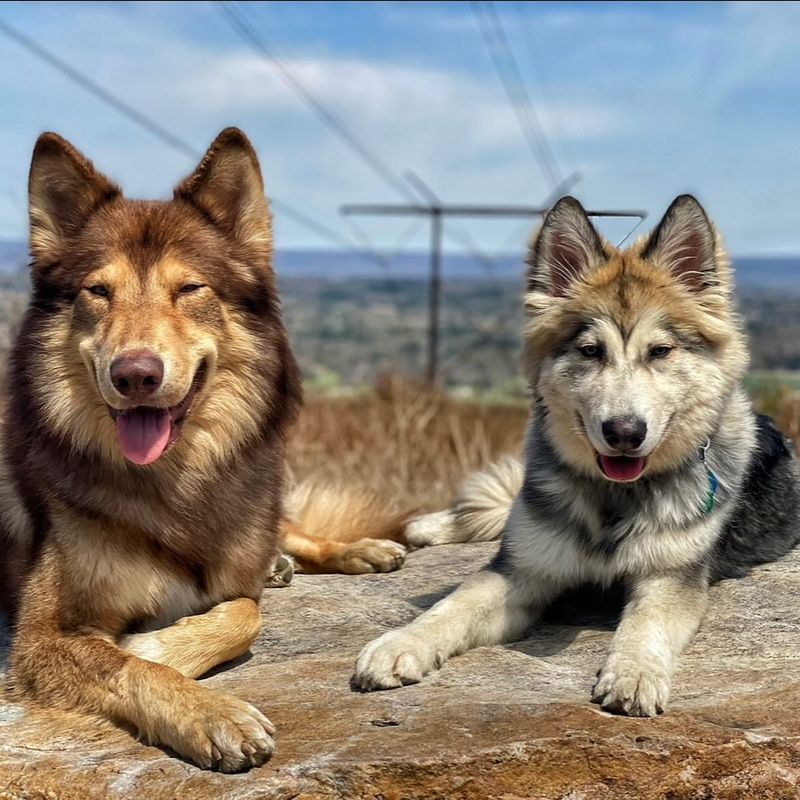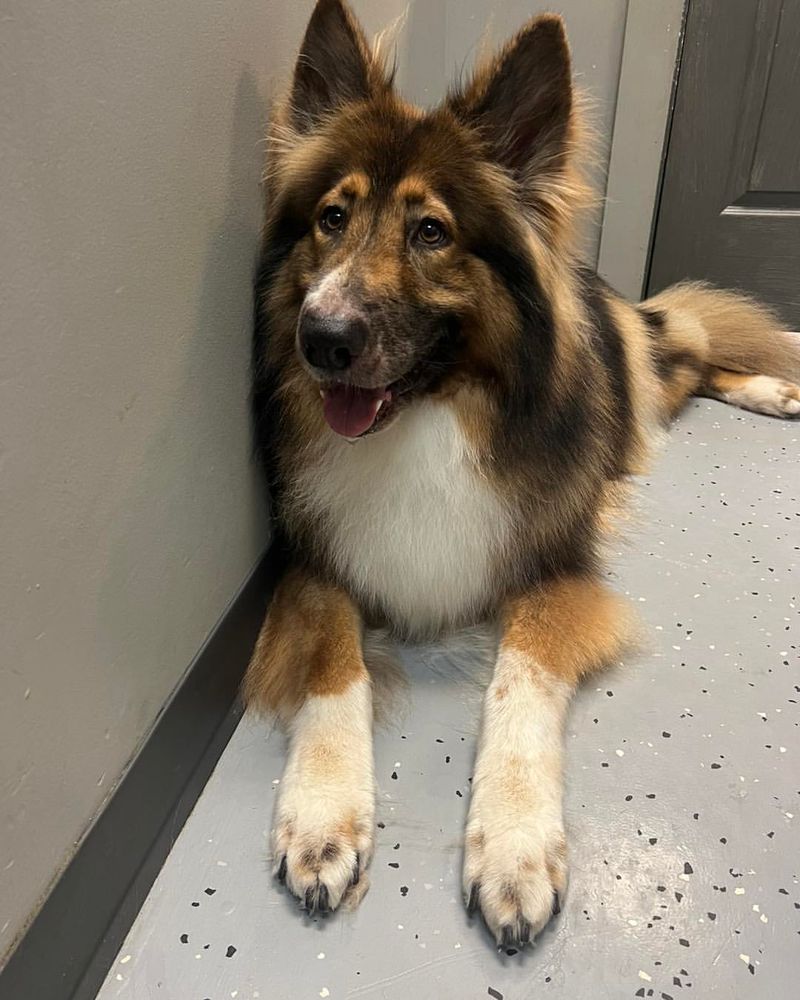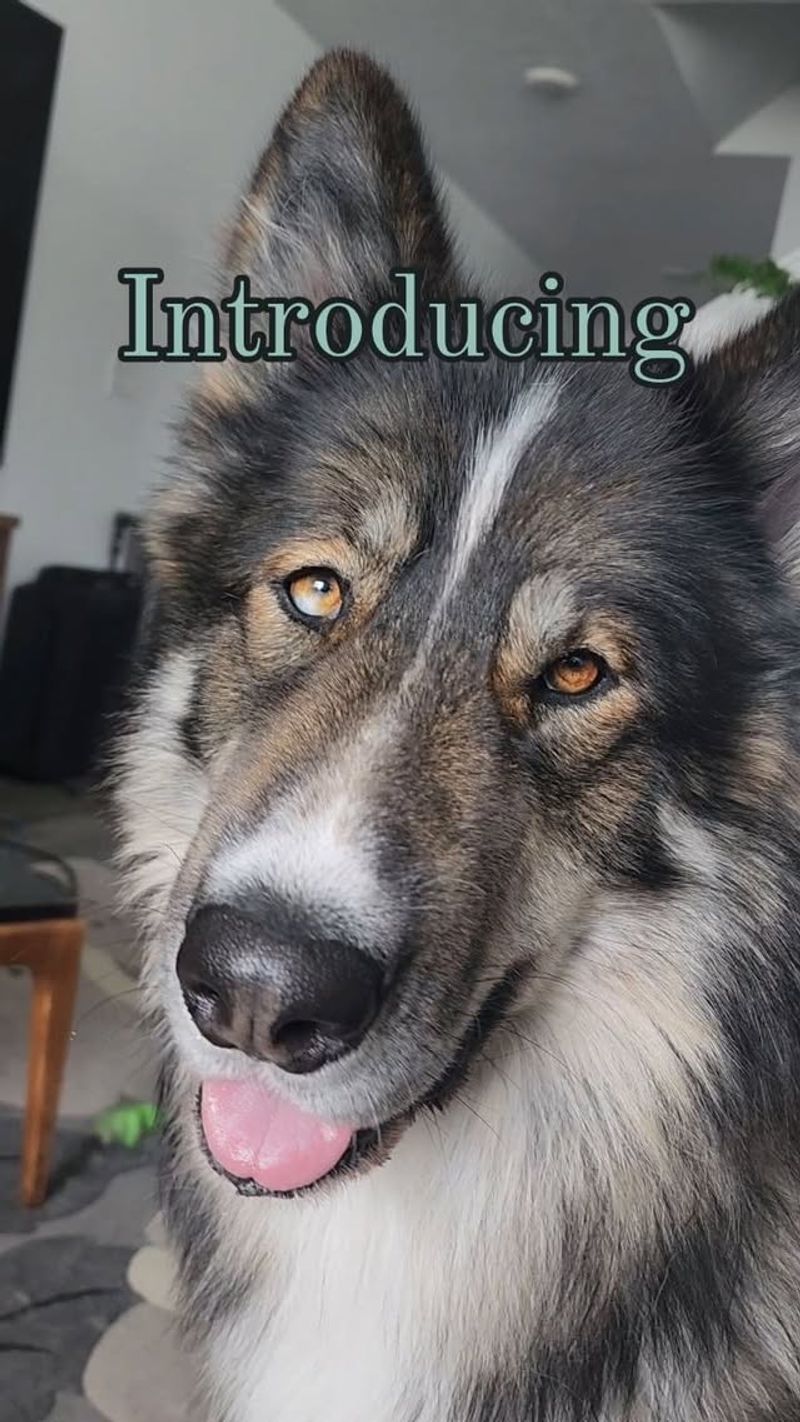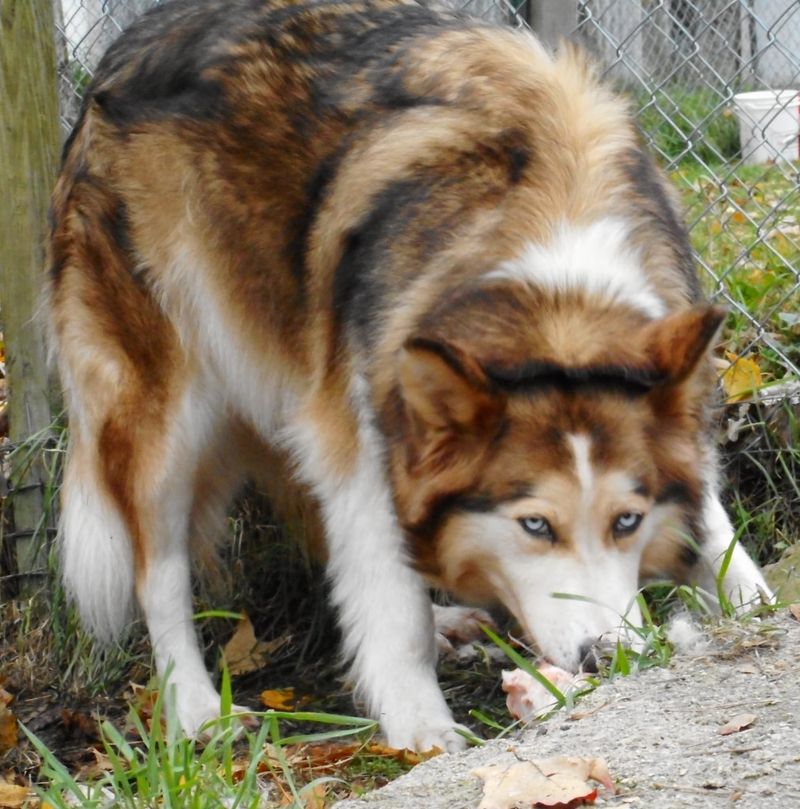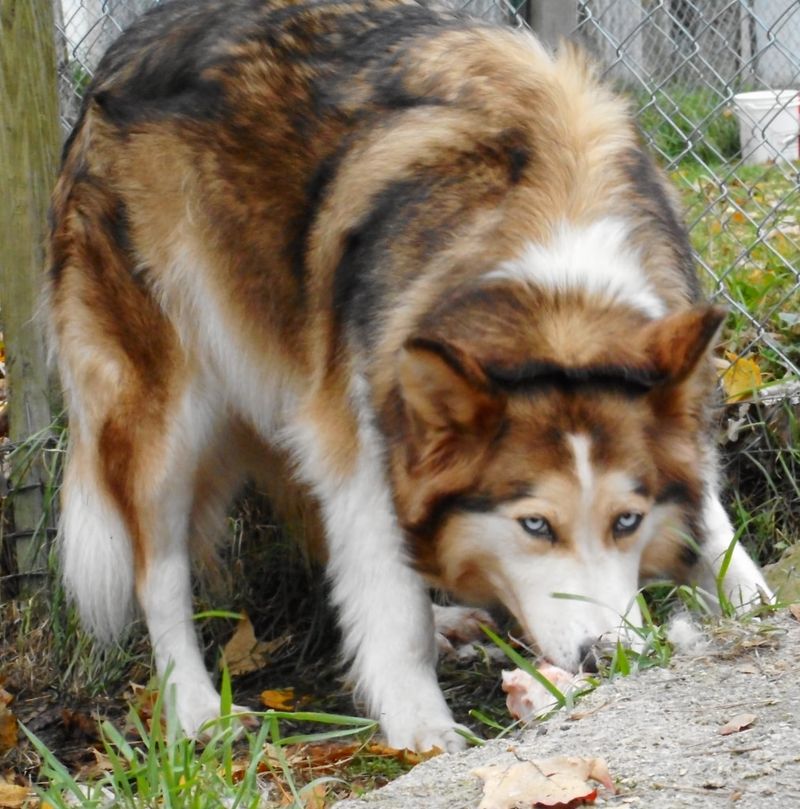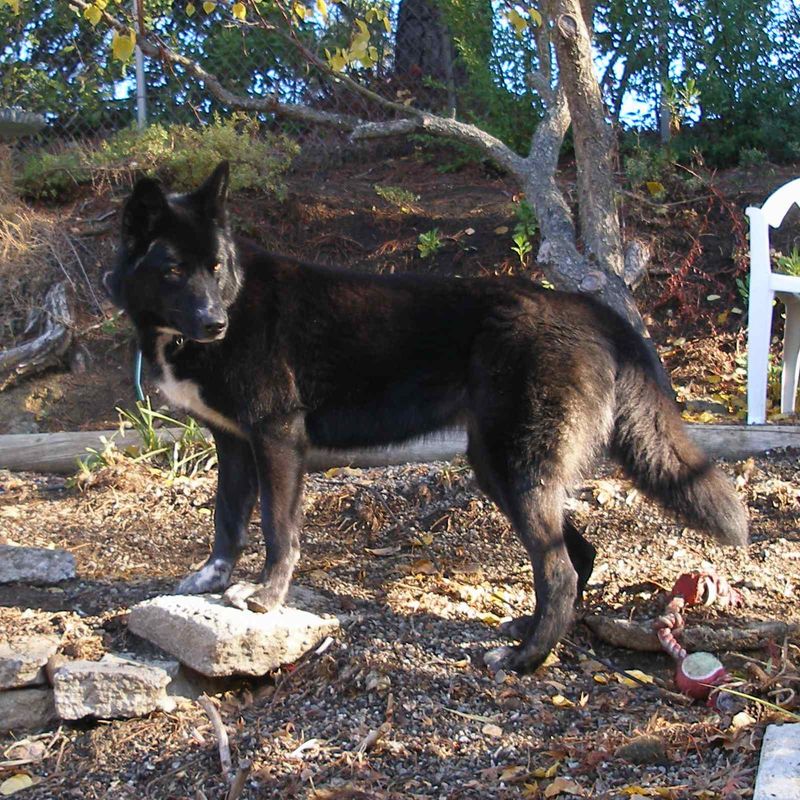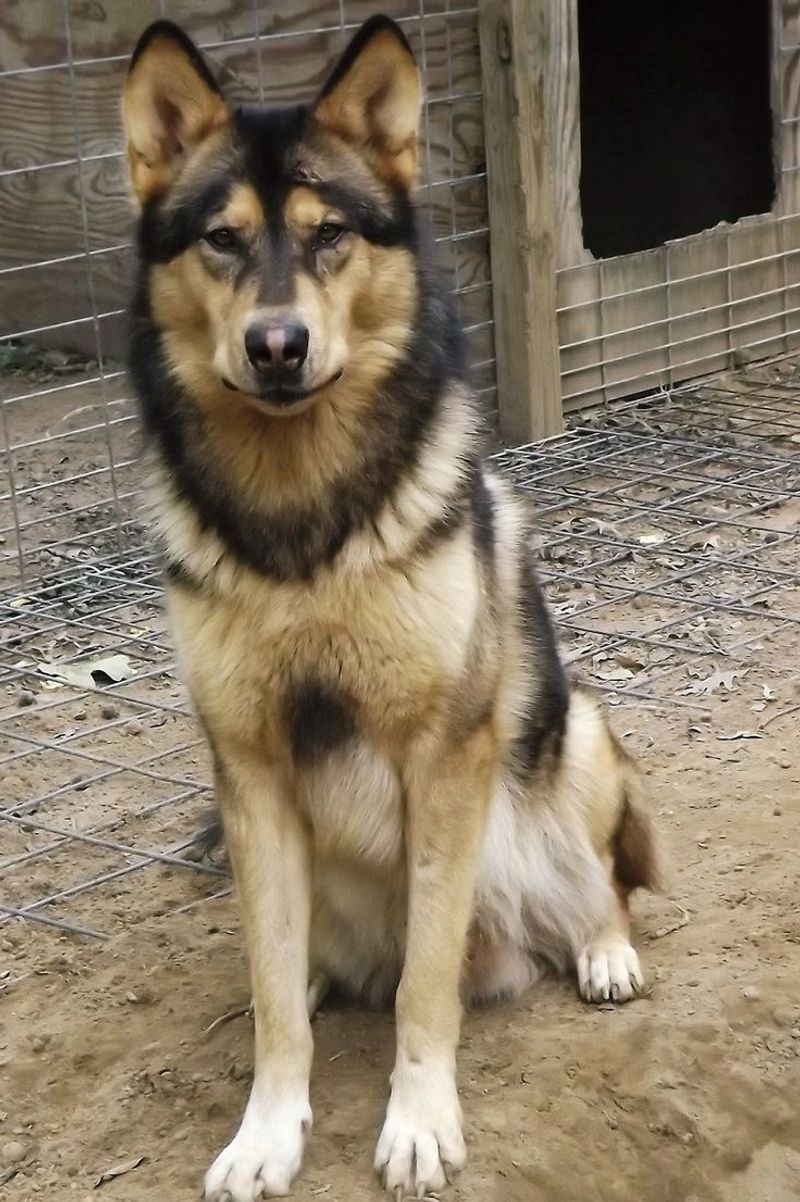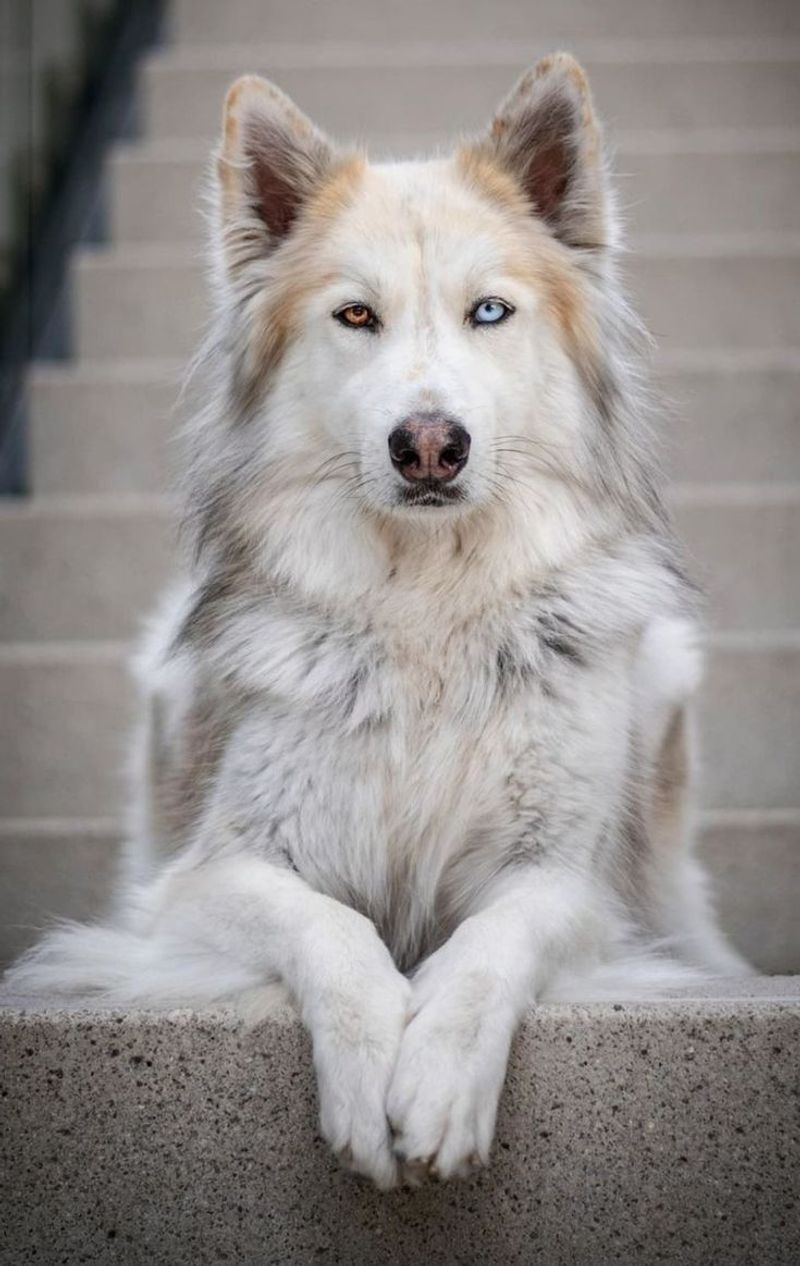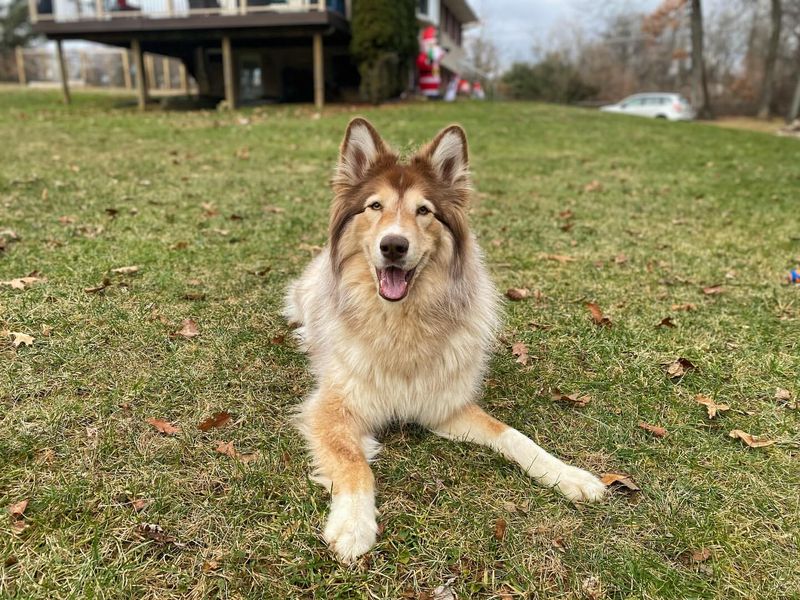Discover the intriguing world of the Native American Indian Dog, a breed steeped in history and tradition. Known for its intelligence and loyalty, this dog breed possesses unique qualities that make it stand out. Whether you’re a dog lover, a history buff, or simply curious about different breeds, these 19 fascinating facts will provide you with a comprehensive understanding of the Native American Indian Dog.
History and Origin
The Native American Indian Dog has a rich history, tracing back to ancient Native American tribes. These dogs were crucial companions and workers, aiding in hunting and protection. Over centuries, they have evolved but still retain many original traits. This breed’s roots are deeply embedded in North American culture, symbolizing resilience and partnership. Despite changes over time, the Native American Indian Dog remains a testament to the enduring bond between humans and dogs. Their history reflects a unique blend of cultural significance and practical utility that continues to be cherished today.
Physical Characteristics
Physically, the Native American Indian Dog is striking with its wolf-like appearance. They possess a dense double coat, often in shades of silver to black, providing excellent insulation. Their eyes are almond-shaped and expressive, adding to their mystique. Typically, these dogs are medium to large-sized, reflecting their strong and agile nature. Their bushy tail and erect ears further enhance their resemblance to wild canines. The combination of these features not only makes them visually captivating but also well-suited to various environments, from harsh winters to temperate climates.
Temperament
Renowned for their gentle and friendly nature, Native American Indian Dogs are excellent family pets. They exhibit strong loyalty and attachment to their owners, often forming deep emotional bonds. Their intelligence makes them highly trainable, though they require consistent guidance. Social by nature, they usually get along well with other pets and children. However, due to their protective instincts, early socialization is essential. This temperament makes them versatile companions, suitable for families, singles, and seniors alike. Known for their calm demeanor, they provide both companionship and security.
Intelligence and Trainability
These dogs are incredibly intelligent, ranking high in trainability among dog breeds. Their eagerness to learn is evident, making training sessions both rewarding and enjoyable. Positive reinforcement methods work best, encouraging them to excel in obedience and agility. Their problem-solving skills are notable, often surprising owners with their quick understanding of commands. While they may occasionally display independence, their desire to please usually prevails. This combination of intelligence and willingness to cooperate makes them ideal candidates for various roles, including therapy and service work, showcasing their versatility.
Health and Lifespan
Generally healthy, the Native American Indian Dog boasts a lifespan of 14 to 19 years, quite impressive for a breed their size. Regular veterinary check-ups and a balanced diet are key to maintaining their health. Common issues such as hip dysplasia are rare, thanks to their diverse genetic makeup. However, like any breed, they require regular exercise and mental stimulation to stay fit. Owners should monitor their weight and dental hygiene to prevent potential health problems. Their robust health, combined with a long lifespan, makes them a desirable choice for pet owners.
Dietary Needs
The dietary needs of Native American Indian Dogs are relatively straightforward but require attention to detail. A diet rich in protein is essential to support their active lifestyle. Including high-quality kibble, supplemented with fresh meats and vegetables, ensures they receive balanced nutrition. Regular meals, rather than free feeding, help maintain their ideal weight. Owners should consult with veterinarians to tailor the diet to their dog’s specific needs. Treats should be given sparingly to avoid obesity. By understanding their dietary requirements, owners can support their health and longevity effectively.
Exercise Requirements
Exercise is crucial for Native American Indian Dogs, given their high energy levels. Daily activities, including long walks and interactive play, are necessary to keep them physically and mentally stimulated. They thrive in homes with large yards or access to open spaces where they can run freely. Without adequate exercise, they may become bored and develop behavioral issues. Engaging in activities like hiking or agility training can further satisfy their need for physical exertion. Meeting these exercise requirements is vital for their overall well-being, ensuring they remain happy, healthy, and well-adjusted.
Grooming Needs
Grooming a Native American Indian Dog involves regular brushing to manage their dense coat. This breed sheds seasonally, requiring increased attention during these periods. A thorough brush a few times a week helps eliminate loose fur and prevent matting. Bathing is needed only occasionally, as frequent washing can strip natural oils. Attention should also be paid to their ears, teeth, and nails for a complete grooming routine. By maintaining their grooming needs, owners can ensure their dogs remain comfortable and their coat stays healthy and glossy. Proper grooming is essential for their overall care.
Socialization
Socialization plays a vital role in the development of Native American Indian Dogs. Early exposure to various environments, people, and animals is crucial to nurture their friendly disposition. Puppy classes or controlled playdates are beneficial in fostering their social skills. With proper socialization, these dogs become confident and adaptable, capable of handling different situations with ease. They learn to distinguish between friendly and threatening scenarios, enhancing their protective instincts appropriately. Successful socialization results in a balanced, well-mannered dog that can integrate smoothly into family life, making them enjoyable companions.
Adaptability
Native American Indian Dogs are highly adaptable, thriving in diverse living conditions. Whether in urban apartments or rural farms, they adjust well, provided their exercise needs are met. Their calm demeanor and intelligence contribute to their adaptability, allowing them to fit into various lifestyles. However, they should not be left alone for extended periods, as they thrive on human interaction. Their ability to adapt extends to different climates, handling both cold and warm weather with ease. This versatility makes them suitable companions for families with varying lifestyles and environments.
Role in Native American Culture
In Native American culture, these dogs held esteemed positions, often regarded as spiritual guides and helpers. Tribes valued them for their hunting prowess and protective nature. They were also seen as symbols of strength and loyalty, frequently depicted in stories and folklore. Their presence in ceremonies and rituals highlights their cultural importance. Even today, they are celebrated for maintaining a link to indigenous heritage. Their role in history is a testament to the deep bond shared between Native American tribes and their canine companions, reflecting mutual respect and reliance.
Comparison to Other Breeds
When compared to other breeds, the Native American Indian Dog stands out for its unique combination of traits. Resembling wolves, their appearance is often compared to breeds like the Alaskan Malamute or Siberian Husky. However, their temperament is notably more gentle and sociable. Unlike some working breeds, they balance independence with a strong desire to please. This blend of characteristics makes them versatile family pets, as well as capable working dogs. Their distinctive qualities make them an attractive choice for those seeking both companionship and functionality in a pet.
Suitable Living Conditions
Ideal living conditions for Native American Indian Dogs include ample space to roam and explore. Homes with large, fenced yards are preferable, allowing them to satisfy their curiosity and energy. They are well-suited for families who enjoy outdoor activities, as they thrive on physical engagement. While adaptable to indoor living, they require regular outdoor time. These dogs appreciate environments where they can interact with family members or other pets. Ensuring they have a stimulating and safe environment is key to maintaining their happiness and health, making them wonderful companions.
Training Tips
Training a Native American Indian Dog requires patience and consistency. Utilize positive reinforcement techniques to encourage learning and build trust. Start training early to establish good habits and prevent undesirable behaviors. Short, engaging sessions work best, keeping their attention and enthusiasm high. Socialization should be integrated into training, exposing them to various people and environments. Consistent routines and commands help reinforce learning. By fostering a positive and structured training environment, owners can cultivate a well-behaved and responsive dog, enhancing their bond and ensuring a harmonious household.
Recognition and Popularity
Although not officially recognized by major kennel clubs, the Native American Indian Dog has gained popularity among enthusiasts. Their unique history and characteristics attract those interested in rare breeds. They participate in various dog sports and exhibitions, showcasing their skills and temperament. This exposure has increased awareness and appreciation for the breed. While they remain relatively uncommon, their distinctive traits continue to draw interest. As more people learn about their qualities and potential as companions, their popularity is expected to grow, further highlighting their importance in canine diversity.
Protective Instincts
Native American Indian Dogs possess natural protective instincts, making them excellent watchdogs. They are alert and attentive, quickly recognizing unusual sounds or visitors. Their protective nature stems from their history, where they guarded families and property. However, they balance this instinct with a friendly disposition, making them approachable yet vigilant. Proper training and socialization ensure these instincts are channeled positively, preventing over-protectiveness. Their ability to guard while maintaining a warm relationship with family members makes them reliable companions, offering both security and affection.
Family Compatibility
These dogs are exceptional family companions, known for their gentle and affectionate nature. They bond closely with family members, particularly children, providing constant companionship and protection. Their patient demeanor allows them to interact well with younger children, making them ideal playmates. Regular interaction and supervised playtime enhance this bond, creating lasting relationships. Their sociability extends to other pets, making them adaptable in multi-pet households. With the right environment and care, Native American Indian Dogs thrive as loyal and loving family members, enriching the lives of those they live with.
Environmental Impact
The Native American Indian Dog has a minimal environmental impact, reflecting their historical integration with nature. Their dietary and exercise needs align with sustainable practices, promoting a balanced lifestyle. Owners often engage in eco-friendly activities like hiking, aligning with the dog’s natural instincts. Their grooming and care routines require few resources, reducing their ecological footprint. By embodying principles of respect and harmony with the environment, these dogs serve as reminders of the importance of sustainable living. This connection to nature enhances their role as companions for environmentally conscious families.
Breed Preservation
Efforts to preserve the Native American Indian Dog focus on maintaining their unique genetic traits and historical significance. Breeders and enthusiasts work to prevent dilution of their lineage, ensuring future generations retain their authentic characteristics. Education and awareness campaigns highlight their cultural and historical value, promoting responsible ownership. Breed clubs and organizations play a crucial role in these efforts, supporting ethical breeding practices and fostering community engagement. Preservation not only safeguards the breed’s legacy but also honors the rich heritage they represent, ensuring their continued presence for generations to come.
